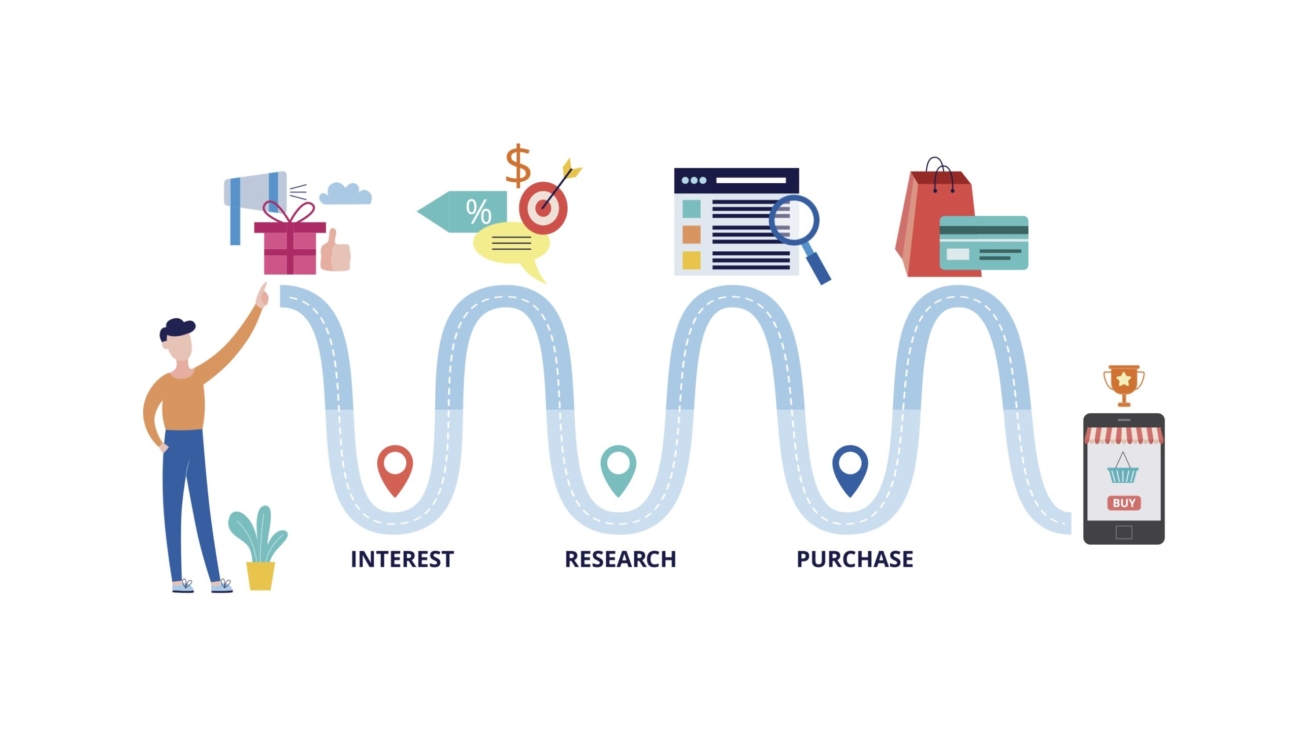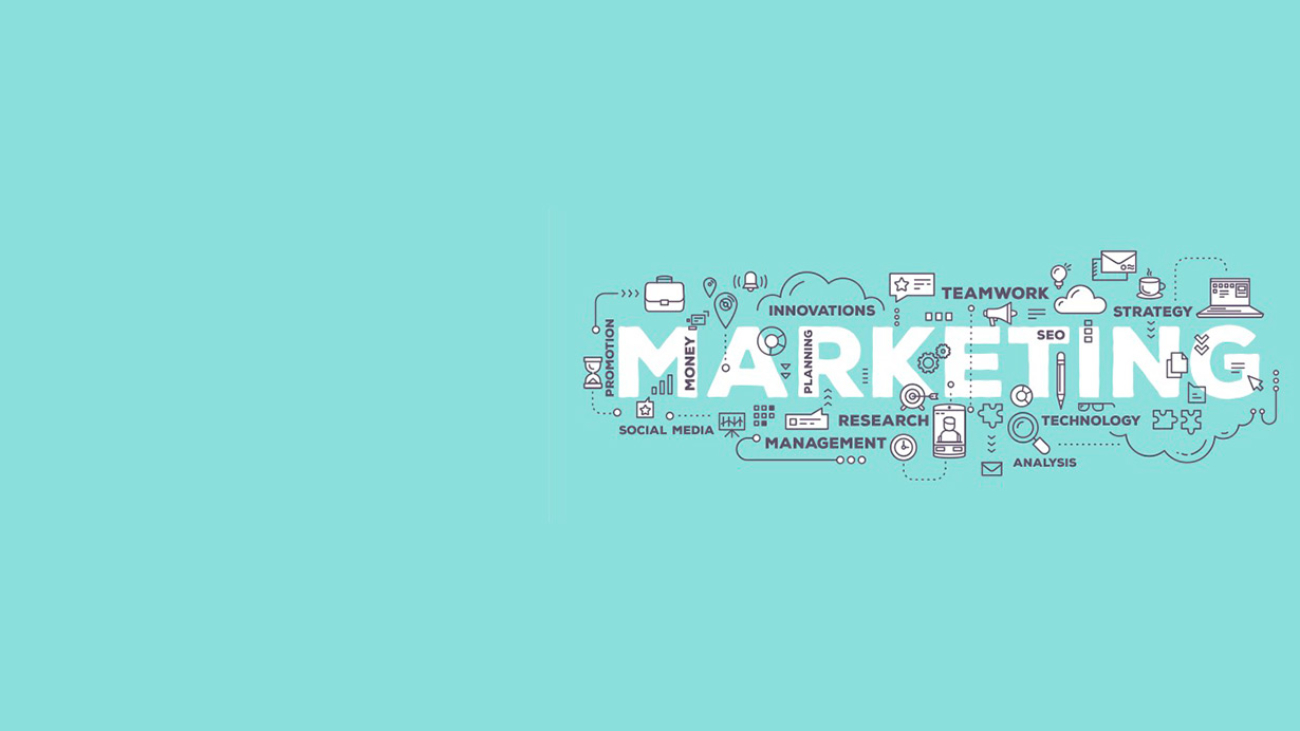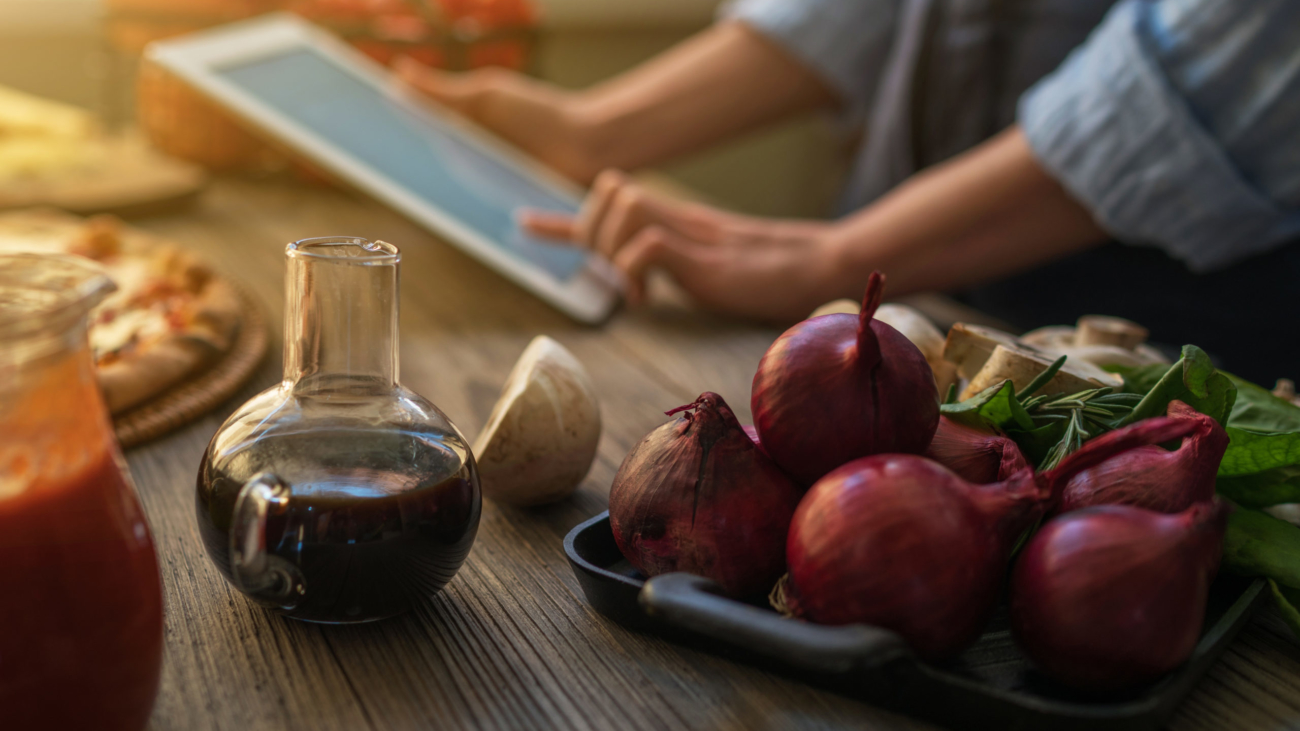Recently, we sat down with strategic marketer, Mark Friedman, who has driven growth in the competitive digital marketing space for 25+ years. From Brooks Brothers to Warnaco–where Mark ran businesses for Speedo, Calvin Klein Underwear, and Calvin Klein Jeans–to Steve Madden, FullBeauty Brands, and Amerimark Holdings, Mark has led the charge in driving traffic to stores, websites, or phones, and optimizing conversion of that traffic for both offline and online brands.
In our latest discussion with Mark, we talked about how marketers can maximize their success in 2022. With so many macro factors at play–from the supply chain, pandemic, and consumer behavior to new technology–the playbook is being rewritten both for catalogers and DTC brands.
According to Mark, here are ways that catalogers and DTC brands can make 2022 their most successful year yet…
1) If you’re digitally native and not currently using DM, test it out!
Testing any form of Direct Mail (DM) will optimize your omnichannel strategy. You may try different forms, or just one–either way, direct mail increases customer engagement and therefore, will help drive response and brand awareness.
If you have already been in the mail with catalogs (or currently are!), you are likely experiencing the stress of paper shortages and press concerns. DM is a viable solution for this problem–and we can support the execution.
2) Analyze “changed” consumer behavior.
As we all know, COVID-19 has created new customer behavior, changed brand loyalty patterns, and increased digital adoption. However, several brands have reported that the new customers acquired during the pandemic are similar to those they had been acquiring in the past.
This tells us that current customers are incredibly important. What are you doing to retain all these customers? It is especially important to focus on customers who have not purchased a second time.
Overall, we recommend strengthening your marketing message o those who have not yet purchased a second time. In fact, we have a new solution that can help you with exactly this. Connect with us to learn more.
3) Double down on new customer acquisition.
As we just discussed, retention is always an important factor. But, even if you move the retention rate significantly, most businesses are still going to need 60-70% of their buyers in any given year to be new.
The most successful DTC marketers are successfully employing a broad media mix including paid search (brand and non-brand), display, affiliate marketing, retargeting, social (organic and paid), email and SMS, and marketplaces.
4) Realize that online is everything.
While some brands may view themselves as “offline” or “catalogers,” the web is where everyone needs to be. Of course, there have been several changes recently with the iOS 15 updates, Facebook adjustments, and more, but it is important to think about all the data that is still captured online. With more first-party data, loyalty programs can excel, preference centers can strengthen customer relationships and optimal site speed will not only drive higher conversion, but the customer experience will be enhanced. There is an opportunity for offline brands…online.
5) Reevaluate your shipping methods.
The rising prices from shippers and increased number of backorders cause more split shipments and packages per order and therefore, the net freight expense as a percentage of your net sales is likely going up.
Brands must manage the current situation. You may do this by revising the value of a free shipping offer and the hurdles you use. Look at the methods for how you ship. If you have stores, how are you leveraging the store fleet (i.e., ship from store) based on where shipping costs may be lower? This may even help reduce the ship time for customers.
6) Be realistic about today’s supply chain and pivot.
Order earlier than you ever have before. Often, you cannot make changes once the orders have been placed due to lead times. Some questions to ask: Can you accept backorders? If not, can you build that capability?
Now is the time to focus on the innerworkings of your brand. What can you afford to shift? What is not adding to your success right now? Answering these questions honestly and realistically will benefit your bottom line.
7) Rely on your building blocks and best practices.
When in doubt, always rely on your foundational building blocks. Nobody knows your business better than you. Therefore, you can determine what to change and continue most efficiently. From this standpoint, it is all about the details. For example, can you extend a contract for a reduced price? Are there services that you can do without? Two words: Be relentless.
We hope you enjoyed Mark’s insight for how to add success for your brand this year. No matter your product or service, the recipe is the same. Whether we’re talking about macro trends, your unique strategy or tried and true best practices, Mark believes “the devil is in the details.” That said, we’re looking forward to collaborating this year and beyond!










